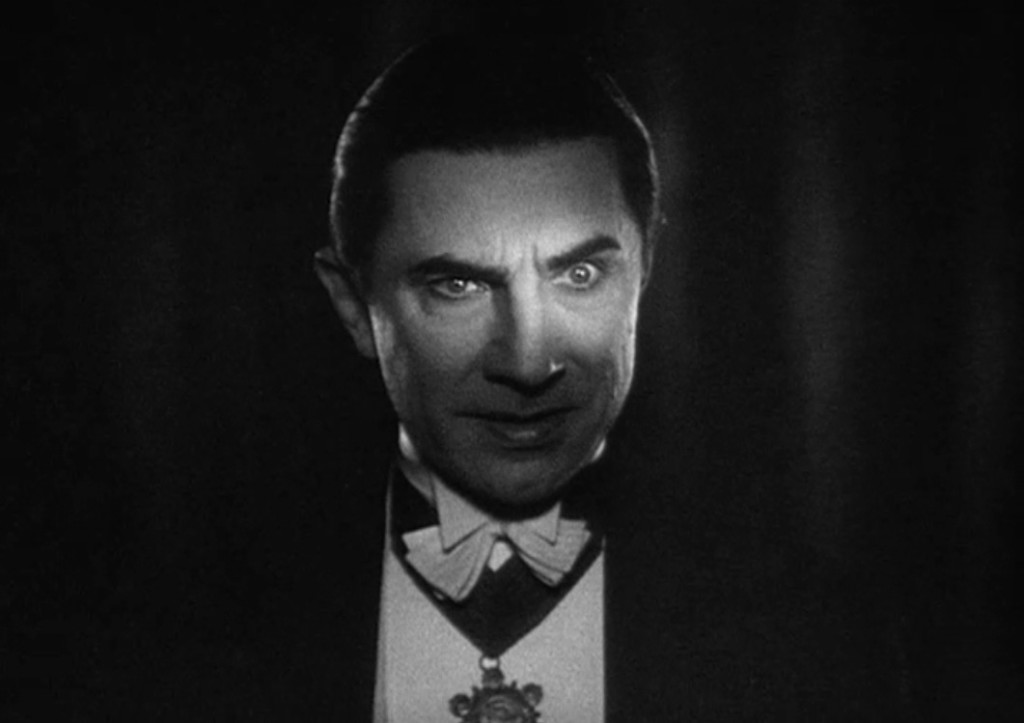Vampire literature has existed by that name for roughly two hundred years now. Since then it has expanded into one of the most prevalent, powerful, and parodied genres on the literary and cinematic scene. It’s had a profound influence on media as a whole, and is considered an important enough field of literature that they will teach college courses on it (one of which I am currently taking). We’ve come a long way since those humble beginnings, or have we? Certain themes present in the earliest days of Vapire literature have only just now surfaced, in what I find a rather amusing set of circumstances.
The use of Vampire in this context originates in John William Polidori’s 1819 short story, The Vampyre: A Tale, which featured what was probably the very first aristocratic Vampire, Lord Ruthven (pronounced RIV-en, because Scottish), an early Byronic figure based mockingly on Lord Byron himself. In the story, a young British aristocrat with a flare for romanticism named Aubrey invites the titular lord on a trek across Europe, which promptly fucks up his entire life.
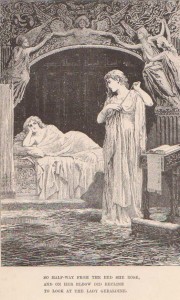
Slightly predating that however, is the unfinished Coleridge poem Christabel published in 1800. Though it never uses the word Vampire, it’s considered one of the earliest Gothic works that could be considered vampiric, codifying many vampire tropes, such as the association of female vampires with the Lamia of Greek myth (as well as Episode 4 of Live Prey. This concludes our shameless self-plug) and is considered one of the main inspirations behind Sheridan Le Fanu’s definitive vampire story Carmilla. In this one, a young noblewoman, enthralled by Romantic tales of Knight Errants and Damsels in Distress, runs out into the night and encounters a mysterious woman claiming to have been kidnapped whom she carries back home. This girl then proceeds to tell the ghost of Christabel’s mother to beat off, hypnotize her and seduce her. It’s just that kind of story.
Despite obvious differences, these two earliest of Vampiric tales have a few things in common. First off is the element of the Gothic, the use of old tropes and themes from Romanticism twisted into something frightening and uncanny. But they also have something more specific: the Quixotic aspect. This term describes literature about figures who are so enthralled by stories of Romanticism that, in trying to imitate them, get themselves in trouble because the real world does not work the same way as King Arthur stories (and/or somebody who tries to kill a windmill). Christabel sees herself intermittently as the Damsel in Distress and the brave Knight, and Aubrey seeks the adventures he’s read about by traveling out into the continent. And they both get screwed because of it. The message of both stories is that buying in to fanciful stories and expecting the real world to work that way will get you hypnotized by a monster that will kill your family.
Now, stepping forward a bit, what’s the biggest joke in Vampire fiction of the past few years?
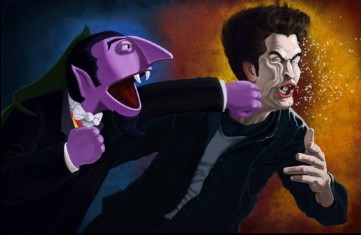
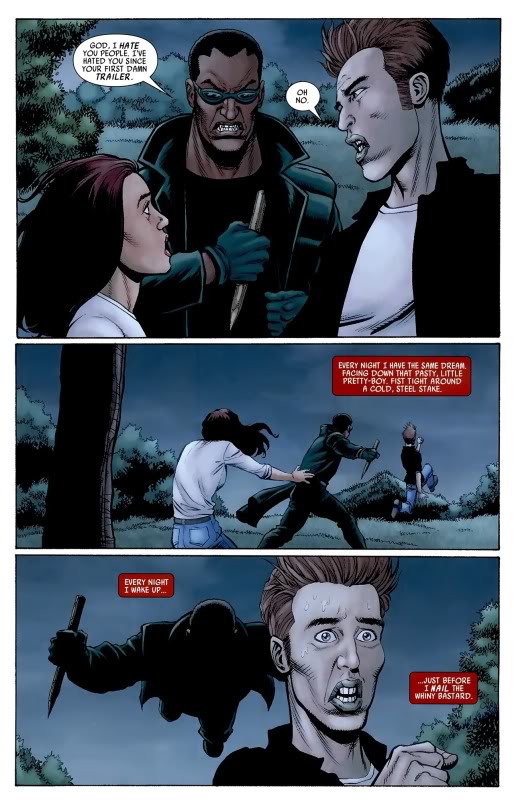
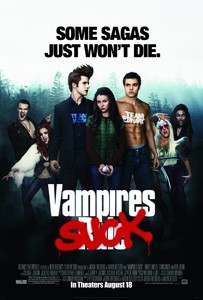
Yes, in general Twilight is (rightly I think) the butt of the vampire community’s collective jokes. The poor writing and characterization, the banal anti-feminist plots, the ridiculous mythology, and the frantic fanbase are all widely mocked. “No, I don’t effing sparkle,” is the catchphrase of the modern self-respecting vampire, and distancing yourself from this franchise as much as you can manage is step one in writing vampire lit these days. But there’s a specific vein of this joke that shows up now in then, especially in urban fantasy, settings where both some versions of these books/movies and actual dangerous vampires exist. It’s the idea that this kind of romanticized teenage-girl-aimed vampire fiction full of brooding, handsome vampires who only want to love lonely girls with no personality, drives its fans into the hands of actual vampires by making them think they’re like they are in that fiction.
The TV show Supernatural dedicated an entire episode (titled Live Free or Twihard) to this idea. That actual rip-your-throat-out vampires are using the mentality of young women who take a fictional version of Twilight seriously to prey on them en masse. It’s a common half-joking theory among fans of The Dresden Files series of books that Twilight might, in the universe of that series, have been commissioned by the White Court of the Vampires (notable for their inhuman good looks, tolerance of sunlight, and occasional tendency to glow when using their power, all traits described in the books before Twilight even came out, might I add) to glorify themselves and encourage people to have sex with them (which is how they feed) since it’s established they got Dracula published to expose the weaknesses of another court. I’m sure there are other examples, those are just the ones I know off hand, if you know any others, feel free to go to the comments with them.
The themes of Vampire fiction have returned to its roots: “Taking fiction seriously will F up your life.” Except instead of it being romanticism and stories of courtly adventure driving people into the arms of dangerous vampires, it’s romantic stories about vampires that’s driving people into the arms of dangerous vampires! The entire genre has melded into one big metafictional account of itself; coming so full circle that it’s recreating the Gothic Romanticism that spawned it, except that what it’s Gothicizing is OTHER vampire fiction. And all of this, this amazing, impossible, accidental exploration of the nature of literature, this revival of themes from the very root of genre building over again upon itself, is all thanks to Twilight.
Happy Halloween, everybody!